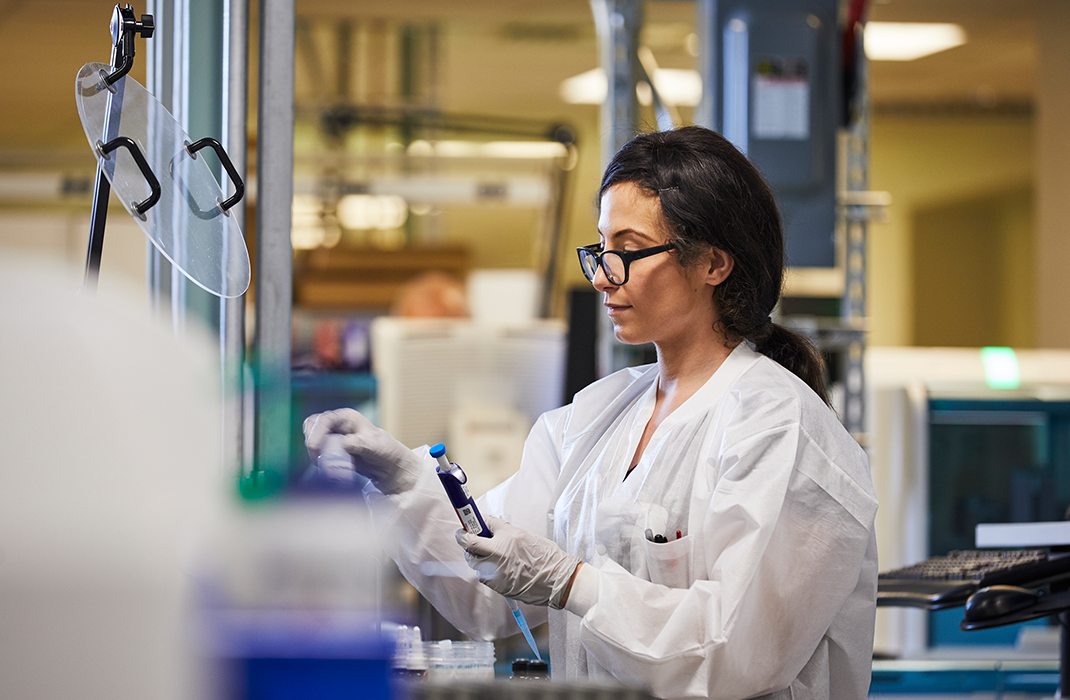-
- Find Care
-
- Visitor Information
- Find a Location
- Shuttles
- Visitor Policies
-
-
- Our Virtual Care Options
- Virtual Urgent Care
- Virtual Visits for Primary & Specialty Care
- Online Second Opinions
- Participate in Research
-
- Contact us
-
- For Innovators
- Commercialization Guide for Innovators
-
-
- Research News
- Alzheimer's Disease
- Artificial Intelligence
-
- Overview
-
- Overview
- Getting Started
- New to Mass General Brigham
- International Patient Services
- What Is Patient Gateway?
- Planning Your Visit
- Find a Doctor (opens link in new tab)
- Appointments
- Patient Resources
- Health & Wellness
- Flu, COVID-19, & RSV
- Billing & Insurance
- Financial Assistance
- Medicare and MassHealth ACOs
- Participate in Research
- Educational Resources
- Visitor Information
- Find a Location
- Shuttles
- Visitor Policies
- Find Care
-
- Overview
- Our Virtual Care Options
- Virtual Urgent Care
- Virtual Visits for Primary & Specialty Care
- Online Second Opinions
-
- Overview
- Participate in Research
-
- Overview
- About Innovation
- About
- Team
- News
- For Industry
- Venture Capital and Investments
- World Medical Innovation Forum (opens link in new tab)
- Featured Licensing Opportunities
- For Innovators
- Commercialization Guide for Innovators
- Contact us
-
- Overview
- Information for Researchers
- Compliance Office
- Research Cores
- Clinical Trials
- Advisory Services
- Featured Research
- Two Centuries of Breakthroughs
- Advances in Motion (opens link in new tab)
- Brigham on a Mission (opens link in new tab)
- Gene and Cell Therapy Institute
- Research News
- Alzheimer's Disease
- Artificial Intelligence
-
- Overview
-
- Overview
- Residency & fellowship programs
- Brigham and Women's Hospital
- Massachusetts General Hospital
- Mass Eye and Ear
- Newton-Wellesley Hospital
- Salem Hospital
- Integrated Mass General Brigham Programs
- Centers of Expertise
- Global & Community Health
- Health Policy & Management
- Healthcare Quality & Patient Safey
- Medical Education
- For trainees
- Prospective trainees
- Incoming trainees
- Current trainees
- Continuing Professional Development
- Patient Care
- Services and Specialties
- Sports Medicine
- Sports Medicine Programs
- Regenerative Medicine
- Articular Cartilage Treatment
What is an articular cartilage injury?
Articular cartilage is the weight-bearing cartilage at the end of a long bone such as the femur, tibia, or humerus bone. It’s fixed to the bone and doesn’t move with the joint. Articular cartilage is also the surface that allows the bones in a joint to glide past each other without friction.
An articular cartilage injury can be a serious problem. It often results from a fall onto a joint or the dislocation of a joint. However, ongoing overuse of a joint can lead to injury as well.
Treatment options for articular cartilage injuries depend on several factors, including your injury, the condition of your joint, your age, and overall health. Your treatment plan may involve surgical or nonsurgical treatments. Sometimes articular cartilage treatment involves more than one approach.
What is joint arthroscopy?
Patients with an articular cartilage injury to a major joint (shoulder, hip, or knee) most often require an arthroscopy of the joint.
During an arthroscopy, the surgeon moves a small camera into the joint to evaluate the cartilage damage. If there’s a small cartilage defect, the surgeon may trim damaged edges and clean up debris that’s floating inside the joint. This debris may cause inflammation (redness and swelling) or symptoms such as popping and clicking sounds.
The surgeon also may use a technique called microfracture to help the body stimulate the production of a repair tissue that’s similar to articular cartilage. The surgeon first creates small holes in the underlying bone. These holes connect to the bone marrow, the spongy tissue inside your bones. Bone marrow can release cells which may build new cartilage that can then replace the damaged cartilage.
Surgeons use this microfracture technique relatively infrequently as it doesn’t lead to a lasting repair. If the defect area is large, or if it’s in an area that bears a lot of the body’s weight (such as the kneecap), microfracture treatment may not suffice. In this case, Mass General Brigham surgeons may offer other, more advanced procedures.
Nonsurgical treatment options
Nonsurgical treatments may be an option for some patients. The cartilage in the knee and hip joints can break down during the process of osteoarthritis. In these cases, an actual repair may not be possible and a different treatment strategy may be necessary. However, many cartilage defects, particularly in patients younger than 50, can and often should be repaired in order to relieve symptoms and potentially regain joint function.
Surgical treatment options
Mass General Brigham offers various options for articular cartilage treatment. The three most commonly used techniques are listed below. These techniques have long-term outcomes data, have been vetted with more than 2 decades of research and clinical use, and are often covered by health insurance:
Your surgeon may perform this technique during the initial arthroscopy of the knee joint if the defect is relatively small and isolated. Your doctor will talk to you about this option prior to the arthroscopy if they think it’s a possibility.
This advanced technique is used to restore a cartilage surface with the body’s own cartilage cells. During the initial surgery, your surgeon removes a small sample of your own cartilage and sends it to a lab. The FDA-approved manufacturing site treats the cartilage and grows up to 10 million new cartilage cells in 5 to 6 weeks. Your surgeon can then implant these cartilage cells into the defect in a second surgery.
This technique is particularly good for large defects that have already led to bone loss. In this procedure, the surgeon replaces the entire damaged area, including the underlying bone. This procedure requires tissue from an organ donor. The donor cartilage is sized to fit your defect and can be implanted in a second surgery.
Talk with a representative at our call center
Fill out our contact form and we’ll be in touch
Talk with a representative at our call center

